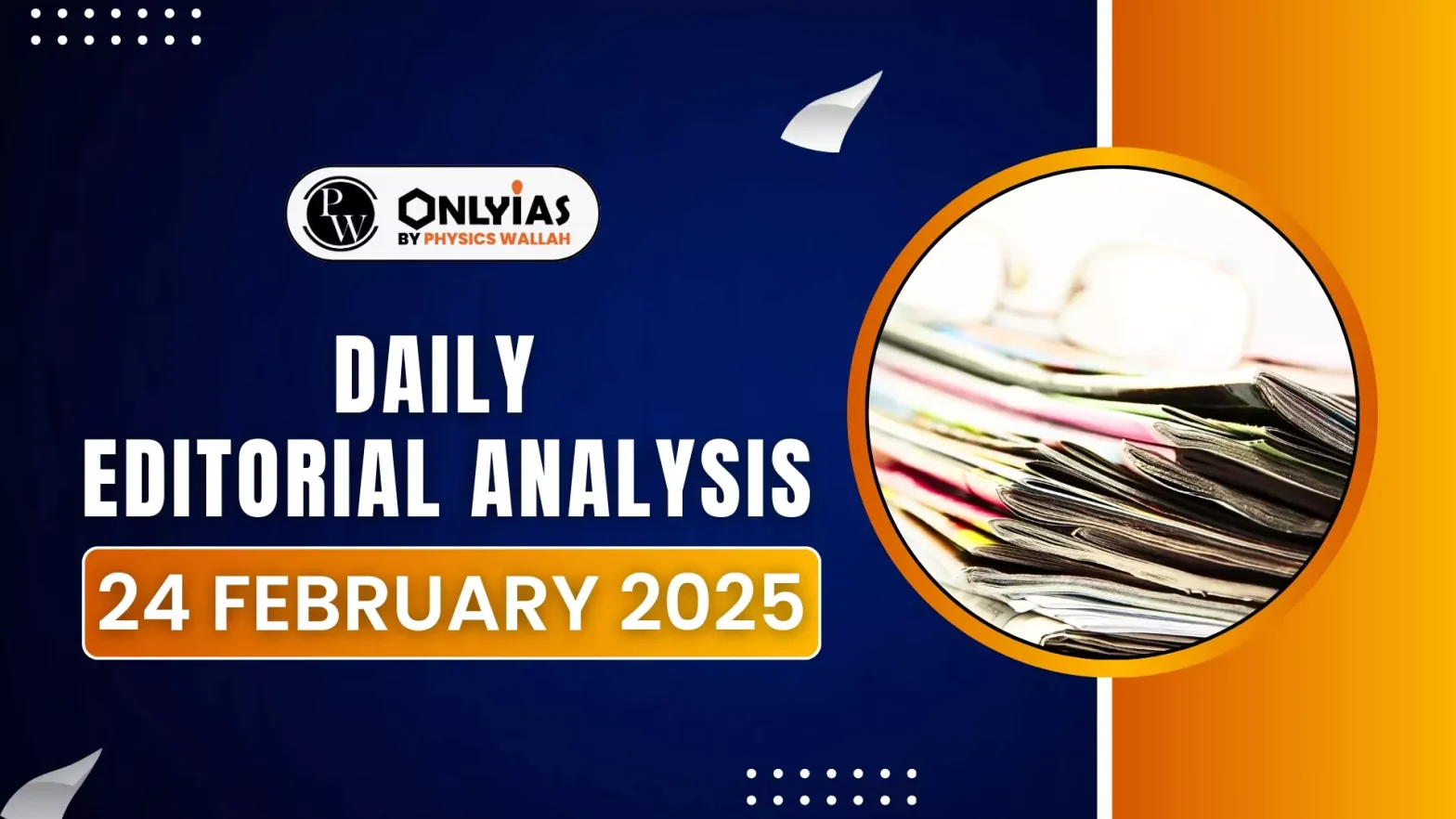A recent FICCI-KPMG study, “Global Mobility of Indian Workforce,” estimates that by 2030, the global shortage of skilled workers could reach over 85.2 million, leading to an estimated $8.45 trillion in unrealized annual revenue — equivalent to the combined GDPs of Germany and Japan.
Introduction
- Advancements in Artificial Intelligence (AI) and the Internet of Things (IoT) are reshaping the global job market, with many traditional labor-intensive roles being replaced by automation.
- India has a large youth working population. If India trains its youth it can position its workforce strategically and can tap into the $8.45 trillion potential and significantly boost its economic growth.
Key Geographies for Workforce Mobility
- Regions of Focus:
- The Gulf Cooperation Council (GCC) that has a big construction and manufacturing sector which would need skilled workers by 2030
- Europe is witnessing an ageing population and would require skilled worker
- Australia that has more land than people would also require skilled workers by 2030 in different sectors.
- Each of these regions has specific workforce needs, and understanding these demands will be critical for India to effectively place its skilled workers.
- Common Demand Across Regions: Despite regional differences, healthcare is a common requirement across all three regions. Emerging sectors such as AI, automation, big data, and sustainability will drive future demand for skilled workers.
Government Initiatives to Address Challenges
- Bilateral Agreements and FTAs: India has entered into several bilateral agreements and Free Trade Agreements (FTAs) with GCC nations to protect the rights of Indian workers.
- The Joint India-UAE Vision, for instance, recognizes the importance of skill cooperation between the two nations, facilitating smoother mobility for skilled workers.
- Skill Development Programs: The Indian government has initiated skill development programs (like Skill India Initiative) aimed at aligning workers’ skills with global market needs.
- Digital platforms (like e-migrate) have also been established to provide online recruitment systems that ensure legal protections for workers and shield them from exploitation.
Challenges
- Regulatory Barriers: A significant challenge to workforce mobility is regulatory and immigration barriers, such as complex visa processes (eg, Schengen Visa) and stringent work permit regulations.
- Exploitative Recruitment Practices: Recruitment malpractices and human trafficking pose serious risks to migrant workers’ safety and rights.
- Policy Barriers and Skill Mismatches: Another challenge lies in policy barriers and mismatched skills. For example, many Indian degrees, particularly in medicine, are not universally recognized, which can result in underemployment or unemployment for qualified professionals.
- Language and Cultural Barriers: Language and cultural adaptation challenges can also hinder workforce integration and efficiency, making it essential for workers to develop these skills to succeed in foreign markets.
Suggestions / Way Forward
- Sector-Specific Skill Training: India must prioritize workforce training programs tailored to the needs of target regions, especially in emerging sectors like AI, automation, and sustainability, to meet the demand for specialized skills globally.
- Regulating Recruitment Practices: Stricter oversight on recruitment agencies is necessary to prevent exploitative practices and human trafficking. Ensuring that workers are protected and recruited legally will improve India’s reputation as a reliable source of skilled labor.
- Mutual Recognition of Qualifications: International collaborations focused on mutual recognition of academic and professional qualifications will help facilitate smoother workforce integration and mobility across borders.
- Public-Private Partnerships: Both the central and state governments should incentivize private sector involvement in workforce training and global employment facilitation. Public-private partnerships can enhance the quality of training programs and expand opportunities for Indian workers.
- Promoting Circular Migration and Mobility: The promotion of temporary work visas and rotational workforce models can help address labor shortages without creating demographic imbalances in the host countries. Circular migration allows workers to contribute to multiple economies while returning home after their assignments.
India’s Global Position and Economic Growth
- Enhancing India’s Reputation: By preventing illegal migration and protecting workers from exploitation, India can maintain its positive reputation as a reliable supplier of skilled labor. This will also help the country build stronger diplomatic and economic ties globally.
- Economic Growth Projections: According to Arvind Panagariya, Chairman of the Sixteenth Finance Commission, India’s GDP could reach between $6.5 trillion and $9 trillion by 2030. Realizing this potential will depend largely on India’s success in accessing the $8.45 trillion global labor market opportunity.
Conclusion
The global skills shortage presents a unique opportunity for India to assert itself as a leader in providing skilled labor. The future of India’s workforce lies in its ability to adapt and respond to global demand effectively, making it an essential player in the international labor market.
![]() 24 Feb 2025
24 Feb 2025

